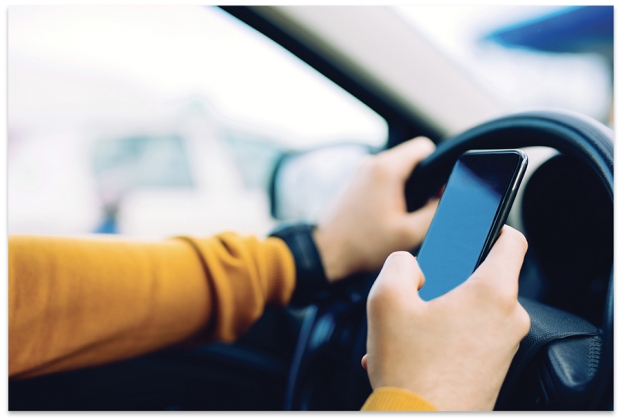A look ahead into my teen behind the wheel

Remember that feeling of nervous excitement when you turned 16, passed your driver’s test, and could legally be behind the wheel on the open road? Now, decades later, with my son turning 15 on April 26, it’s the thing of nightmares for me.
It’s not just him and today’s texting teens; it’s the other adult drivers out there sharing the roads that I witness in my own travels, mile by mile and day to day.
With that, I’ll dive into the many fears and prayers of my beginner’s drive within my rearview.
Teen Driving Stats
Teen drivers have always been known to be the higher risk age group, but we 16-year-old drivers in the 1990s didn’t have the added distraction of a smartphone in our hands to keep our eyes off the road. My teen is constantly texting and scrolling on his phone in and out of the car, and my biggest concern is that he changes this habit when he’s in the driver’s seat.
A 2019 Youth Risk Behavior Study revealed that, among high school students in the United States who drove, nearly 40% texted or emailed while driving at least once within 30 days before the survey was taken.
Good thing there is an app for that, and I may look further into subscribing to one of these top two ranked apps for this purpose:
More teen stats to consider from the CDC from 2019 studies are that, per mile driven, teen drivers aged 16-19 are nearly three times as likely to be involved in a crash. Males are more than two times higher than female drivers at the same age. When you add teen passengers to the mix, the crash risk increases with each passenger. And speeding, as well as shorter headways (distance from the front of one vehicle to the front of the next), are more likely with teens than older drivers.
Adult Driving Behaviors Because of COVID-19
Unfortunately, adults aren’t the best role models for teen drivers nowadays. I’m sure, like I have, you have noticed an increase in reckless, rage driving since we were back on the roads in 2020.
And statistics from studies conducted by Teletrac Navman 2020 prove it.
Look, my View from Here isn’t meant to be dismal, but upon the eve of my 15-year-old son, I want to be (as I do others) as prepared, protective, and prayerful for him before he hits the open road.